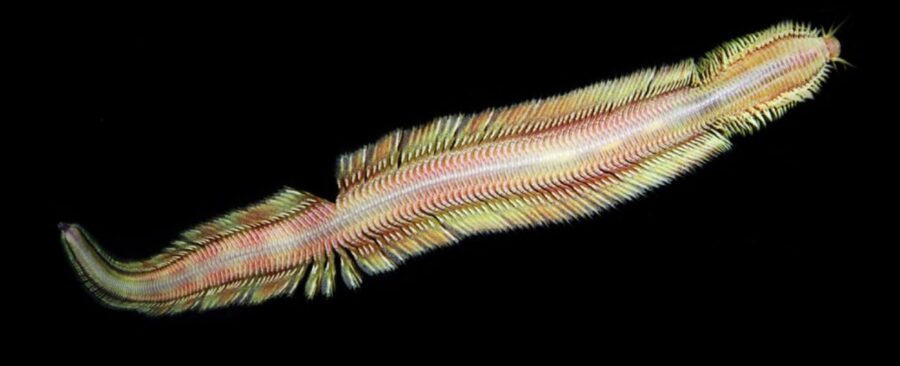Underwater Worm Discovered Is New Creepy Species
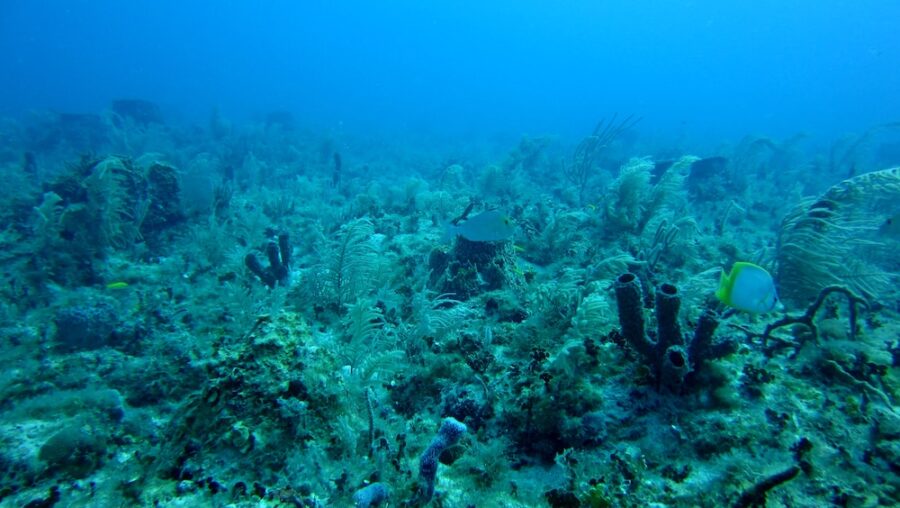
A new species of underwater worm has been discovered in the methane seeps off the coast of Costa Rica. Called Pectinereis strickrotti, it is the 48 new species found in the methane-rich environment that scientists once thought to be too inhospitable for any living creature to survive. It is named after Bruce Strickrott, who first encountered the worm in 2009 while leading submersible Alvin in 2009.
A Worm Where Nothing Should Live
Led by marine biologist Greg Rouse of the Scripps Institution of Oceanography, the latest encounter with the underwater worm highlights the limited understanding we have of Earth’s oceans. “We’ve spent years trying to name and describe the biodiversity of the deep sea,” Rouse said of the worm. “At this point, we have found more new species than we have time to name and describe.”
The Deep Ocean Is Terrifying
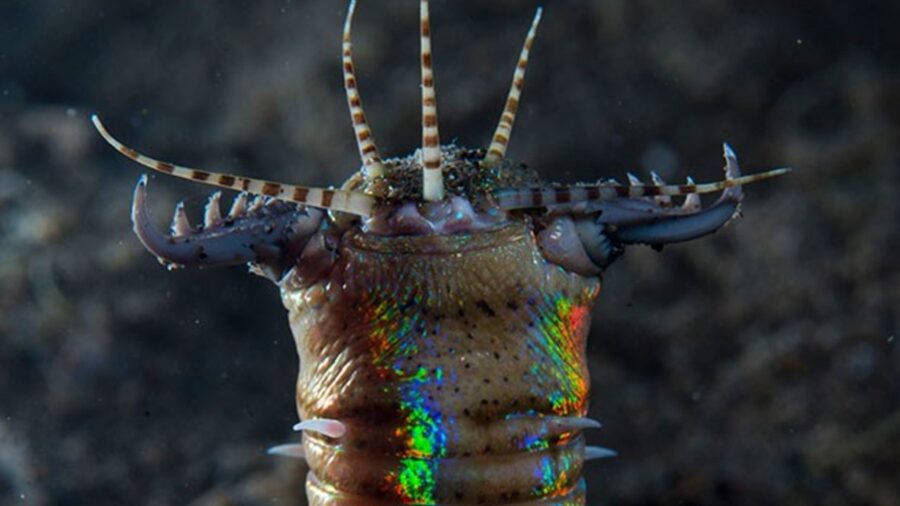
Deep ocean exploration is challenging for humans due to the water’s crushing pressure, freezing temperatures, and absolute darkness. With only five percent of the planet’s oceans explored and 10 percent of its life cataloged, our understanding of the deep sea remains incomplete. However, advancements in technology enable scientists to reveal the ocean’s hidden life forms, like the underwater worm.
9 Years Between Sightings
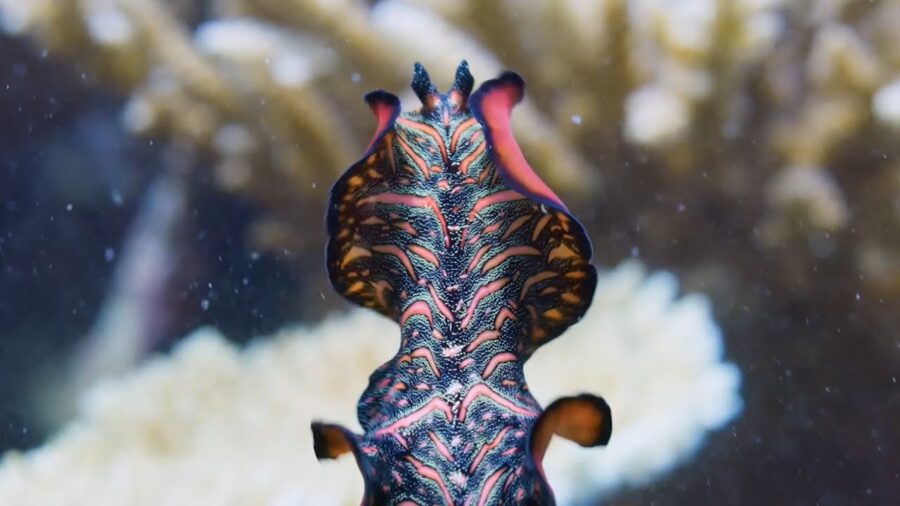
The 2009 encounter with underwater worm P.strickrotti occurred during a crewed dive of 3,280 feet. But the creature vanished before closer observations could be made. It wasn’t until 2018 that the team returned to the same location, where they found six specimens confidently floating in the water. This time, with the help of the submersible, they collected images, videos, and specimens for further study.
Legs With Gills
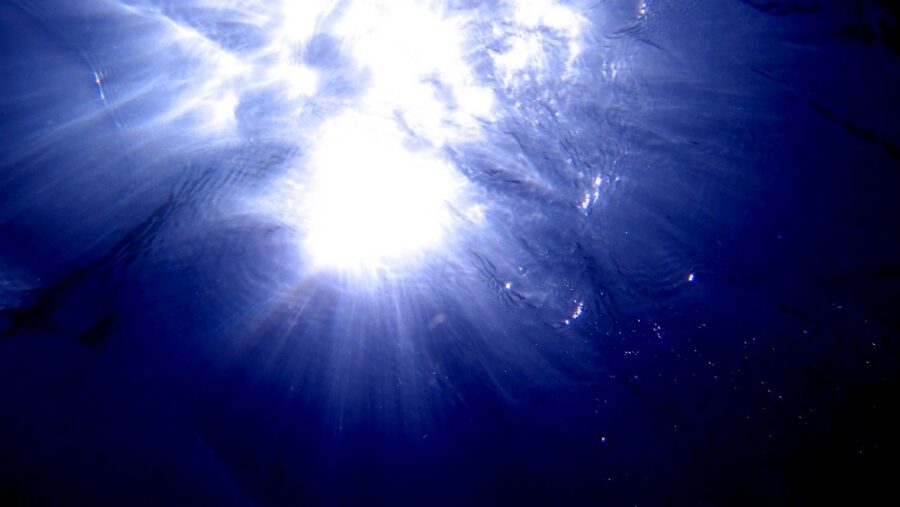
The underwater worm P. strickrotti belongs to the Nereididae family and is unique compared to its counterparts. Unlike most ragworms that inhabit shallower waters, it resides in the bathypelagic darkness and is blind as a result. The worm’s parapodia, bristling with leg-like appendages, are covered with gills, a departure from the oxygen-absorbing parapodia found in other ragworms.
However, the life cycle of the P. strickrotti underwater worm remains a mystery. The predominantly male specimens collected hint at a potential rarity among Nereididae, where only males may become epitokes. Unusual non-reproductive epitokous characteristics observed in the males raise questions about the worm’s behavior and adaptation to its dark habitat.
Other Underwater Worms
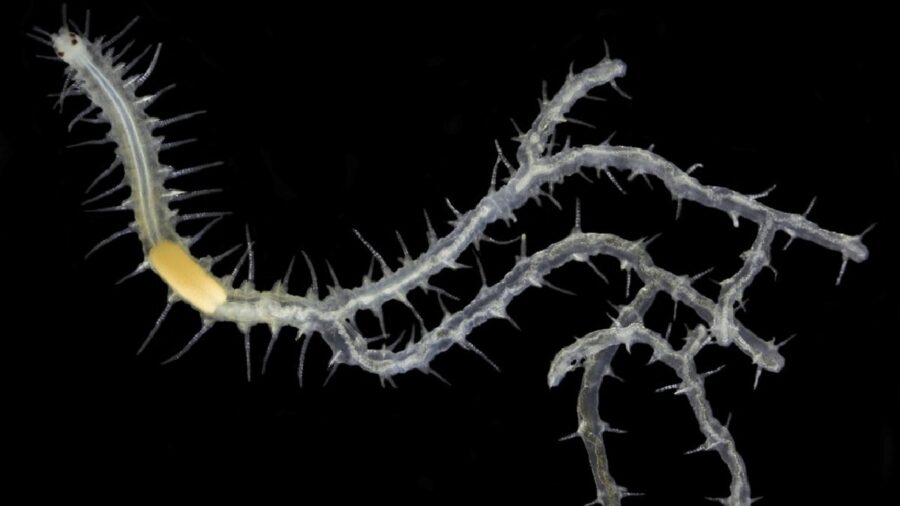
Several other underwater worm species have been discovered throughout history, showcasing the incredible biodiversity found in the oceans. The Ramisyllis multicaudata was discovered during the 19th Century Challenger Expedition and lives in shallow water and is easily collected. The creature represents one of the astounding marine species discovered between 2007 and 2017.
Squidworm
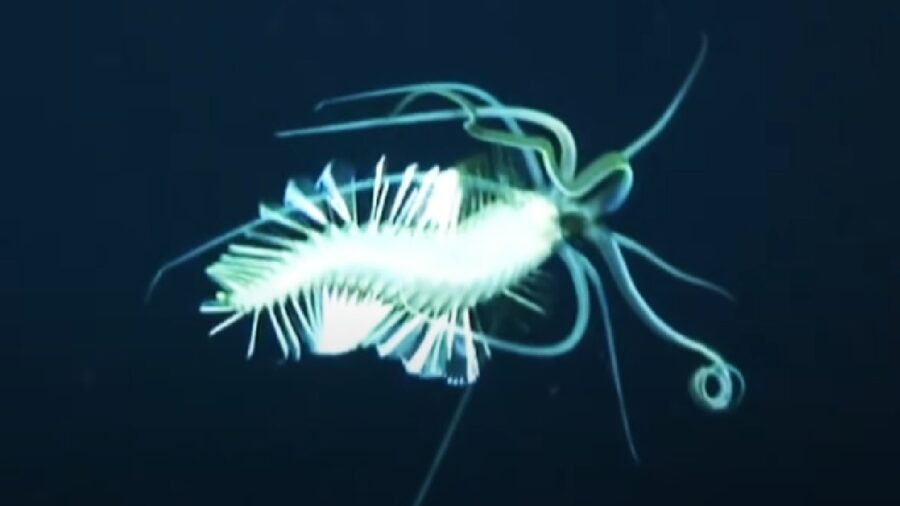
The Teuthidodrilus, also known as the Squidworm, is a pelagic polychaete form discovered in the Celebes Sea. The underwater worm resembles a chimera of squid and worm, with elongated, arm-like appendages. Due to technological advancements, this creature has been found more frequently. The Melinnopsis Garelli and Melinnopsis Chadwick are deep-sea worms discovered off the coast of eastern Australia.
Every Species Increases Our Knowledge
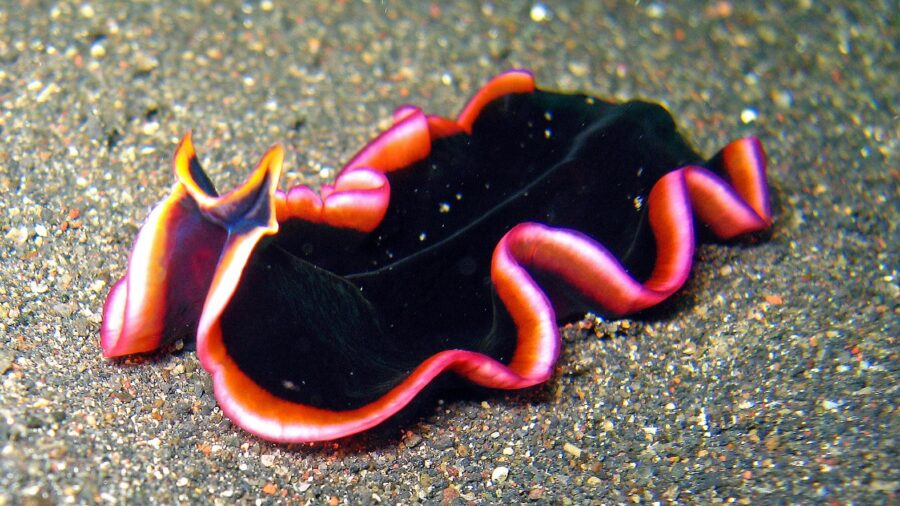
These two underwater worms live in sediment on the seafloor and use long tentacles to collect food particles. They are named after individuals who supported research efforts at the Australian Museum. Each newly discovered species adds to our knowledge of deep-sea biodiversity and underscores the need for more research and conservation efforts in these remote regions of our planet.
